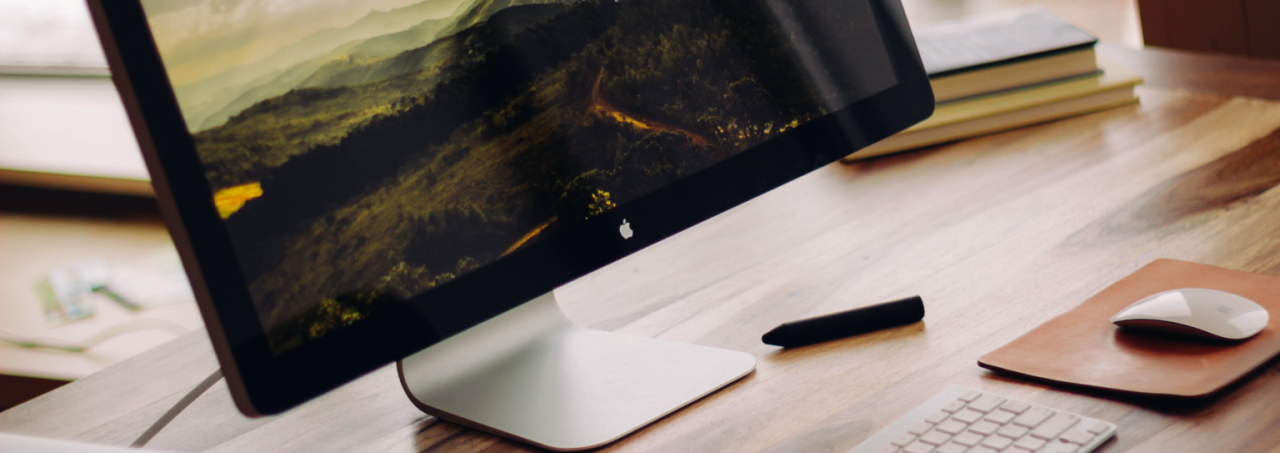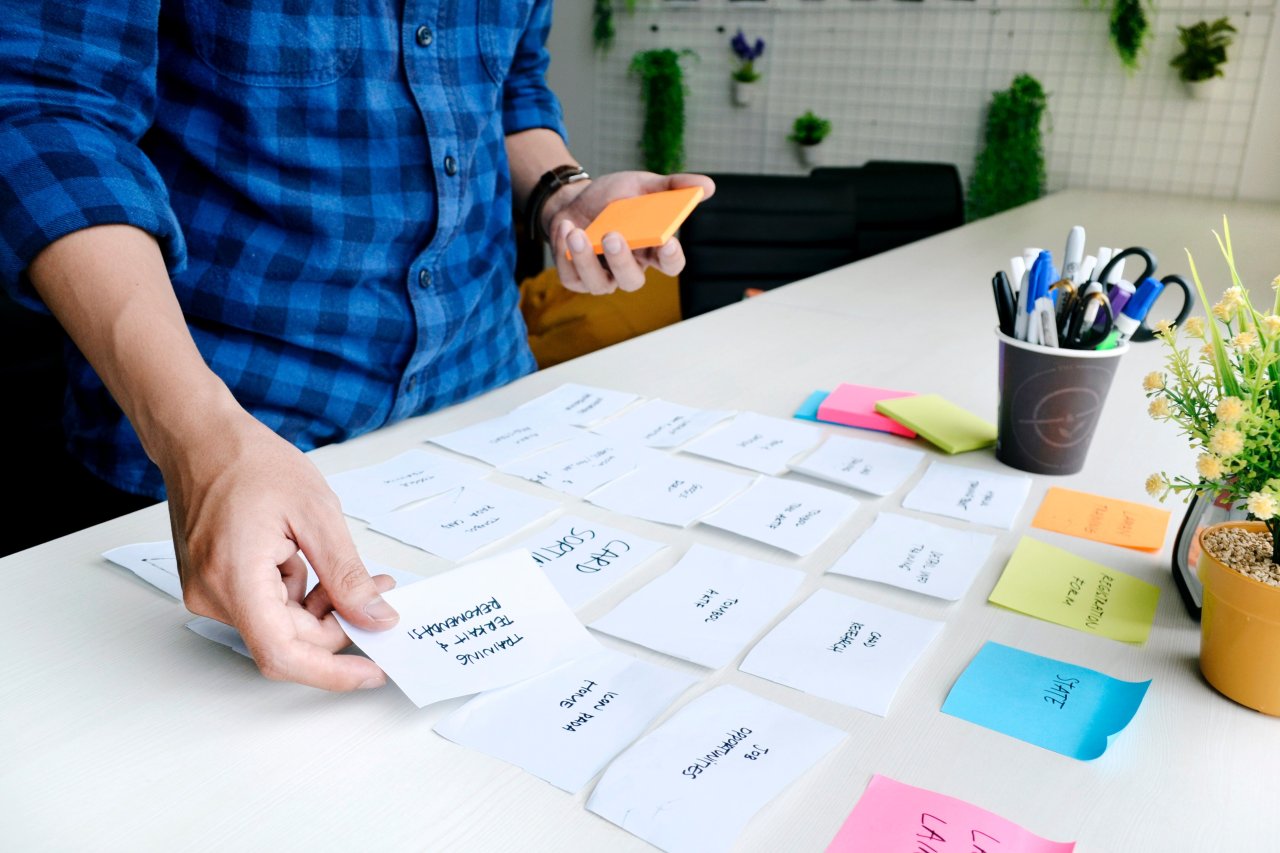
In a world grappling with a rapid increase in global temperatures, we are seeing the devastating effects of this phenomenon on the environment and on human health. Unless you’ve been living out a rock you’ll have read or seen frightening issues this has caused such as droughts, wildfires, melting ice caps and flooding.
We don’t have to look far to see rising costs for everyday items impacting how we as people live day to day. We are seeing many different industries working to try and address these issues. But how can the design industry help create products and experiences that don’t cause harm to the planet and the people who use them?
Sustainability can seem like a buzzword that is trendy at the minute. But it is a mindset that can help drive innovation, reduce waste and create more meaningful experiences for users. As designers, we have an obligation to put people and their environment at the forefront of everything we do. And we need to try our best to minimise negative impact on the environment and maximise positive social and economic outcomes.
This article explores the different ways in which digital design can champion eco-conscious practices with the aim of mitigating carbon emissions.
User Centred design – minimalism and longevity
There’s a reason the first word in UX is user and that’s because at the core of everything we do is to make products and services meet the needs of the people that use them. And if we can get this right from an early stage, we will be able to minimise frustration for users. This may not seem like something that will help sustainability. But if we ensure people can use products and services with little frustration, we reduce the need of customer support, reduce the time they spend using a digital product or service and in turn improve its longevity.
We can do this by helping to reduce visual clutter on design elements. By incorporating minimal design principles thus reducing cognitive load for users. We have to remember the number one reason as to why people use digital products in the first place – convenience which helps people to save time. If we waste peoples time by using excessive design elements, or burying important information they are likely to go somewhere else. We know this to be true because 25% of users abandon a site that takes more than 4 seconds to load and every 1 second delay reduces user satisfaction by 16% .
Users for the most part are not using our products because they like how they look. They are using our products as they enable them to complete a task they need to do or get information, of course branding and aesthetics have a role to play we see it in every walk of life – otherwise we’d all drive the same cars but we must not get carried away with aesthetics for the sake of it.
So not only can simplicity lead to more user centred design. But it can also help to reduce design patterns that are resource intense to create and maintain.

Animation and Design Patterns: Mindful Practices for Sustainability
In recent times we have also seen animations become commonplace, because let’s face it they are more engaging than static content. From even the smallest “shake” to large animated sections they directly impact how your user interacts with your digital product. More often than not we see animations slow websites down, present accessibility issues and in some cases make products unusable. This doesn’t not mean that we shouldn’t use them. But we need to be more mindful to when they are serving a purpose to users. Overuse of animation can slow websites down because of additional file sizes which mean extra data for servers to host – directly impacting the environment.
We can also look to specific design patterns to help in our fight to become more sustainable. Not only can using dark mode be easier to read and help you get to sleep quicker. But it actually reduces power consumption on OLED devices like modern phones by 42%. Meaning less time having to charge your devices and more time for your users to spend on your digital product. Like most things this is not an exact science and in some cases such as people with Dyslexia a total contrast theme (like most dark modes are) can be more difficult to understand. But this ultimately comes down to individual perspective, and likely the reason we commonly see the option to switch between a light and a dark mode.
Eco-Friendly Hosting and Technical Optimization for Sustainability
All digital products need to be hosted online and when choosing hosting providers we typically look at support, uptime and pricing. As we all become more mindful on sustainability we’ve seen a shift of our clients considering eco-friendly hosting options. Its another great way to help reduce your environmental impact and support businesses that are working towards the same goal.
We should also look to keep the size of images and videos on our website as small as possible. The more images and higher quality images we use means more data transferred and yes you guessed it – the more energy used. When we reduce these sizes we see faster page load speeds and in turn get some kudos from the search engines. We can also reduce energy usage through keeping our digital products technically lean, removing redundant spacing and any unnecessary code. This may not seem like it will reduce a lot but every little helps.
The EU Science Hub’s Sustainable Product Policy estimates that over 80% of all product-related environmental impacts are determined during the design phase. But how can design teams ensure that sustainability is at the core of every design choice they make? I think if design teams are adopting an intentional approach, they can insure they are working sustainably. By educating their team and staying up to date with the latest process and tool changes to further drive this. As well as setting goals and defining specific targets. Ensuring that they are being integrated throughout every stage of the design process.
Accessibility: A Fundamental Pillar of Sustainable Design
Another essential aspect of sustainable design is accessibility. Around 20% of adults in the UK have a disability. And depending on your audience, if they are older this figure rises to 45%. Meaning that if you do not consider accessibility as a priority, you are missing out on a large number of potential users. This not only promotes social equity but also reduces the need for multiple versions of a product if everyone can use the same inclusive one.
Conclusion: The Design Industry's Role in Sustainability
As we navigate the challenges that are posed by the increasing global temperatures and their far-reaching effects on our world as well as increasing costs daily. We see more and more how crucial the role the design industry has in contributing to sustainability. As designers we need to remember the unique responsibility to put users at the centre of everything we do and their needs adapt and change as the world does.

